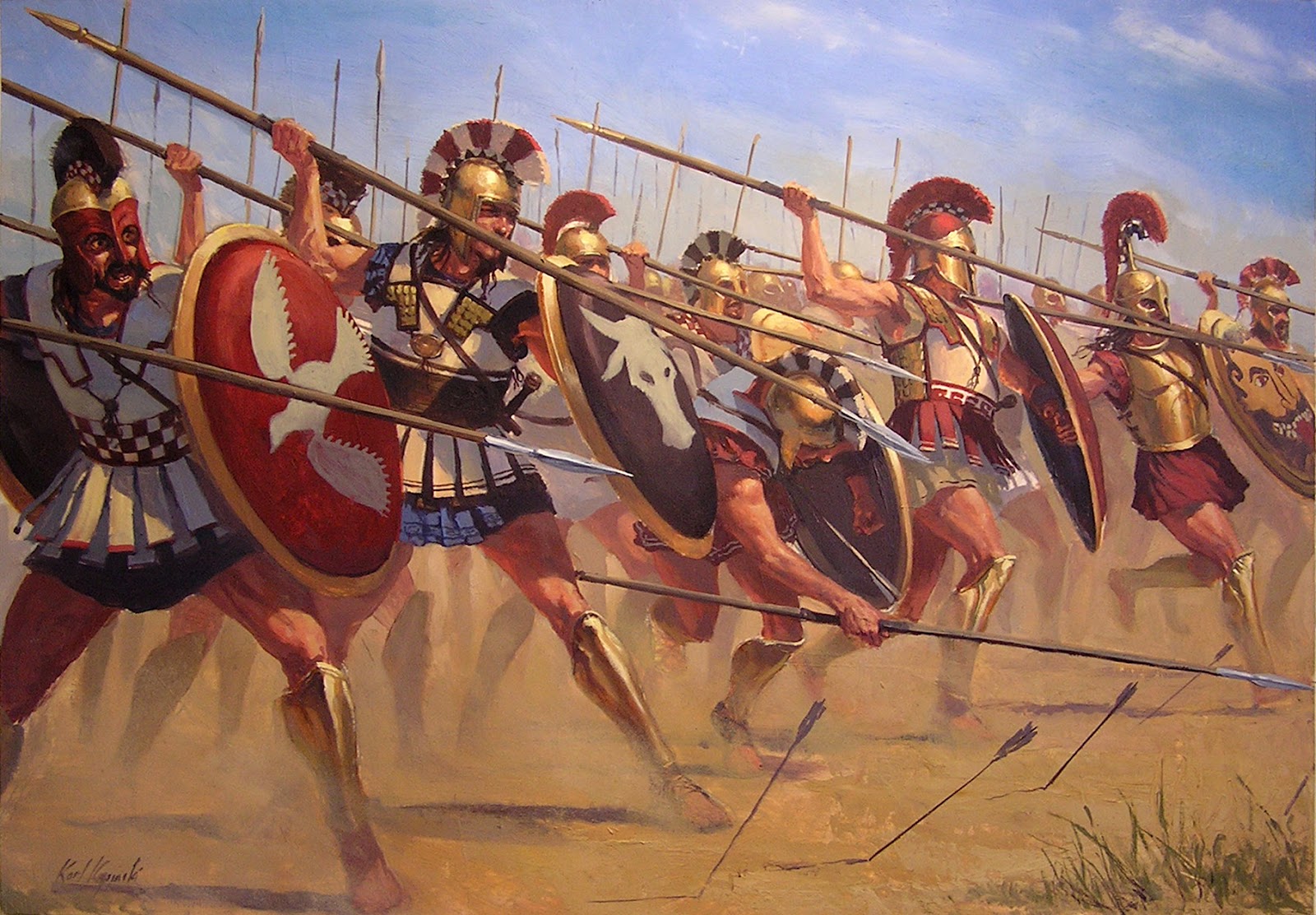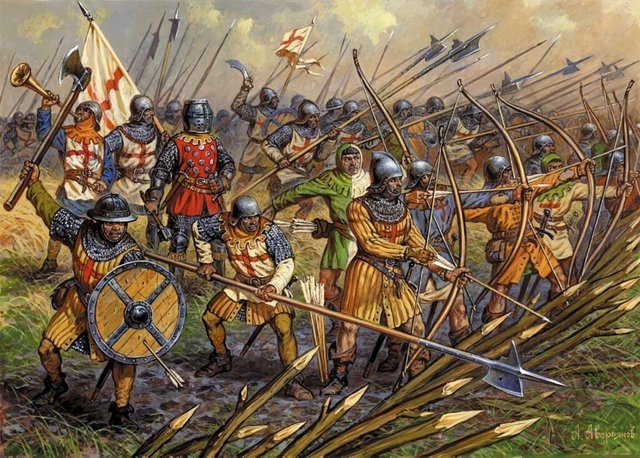What do Greek Hoplites, M1 Abrams tanks, and large museums have in common?
Hint: Only two of them dominate front line combat.
One of our challenges this week is to consider the pros and cons of large, medium, and small museums. To start, I wrote some bulletpoints for pros and cons of each size. After I did it, I noticed two things in particular: One, most of the advantages and disadvantages had to do directly with money. Large institutions have lots of funding and resources, which enables them to secure many advantages, such as large collections, the ability to acquire the best stuff for their collections, better collections storage, higher staff salaries, larger, better trained, paid staff, more visitor services, bigger marketing reach, more digitization, outside consultants and project staff, and more administrative services. Small institutions often lack most of those things. This can mean low salaries, heavy reliance on volunteers, and few services. It also often results in high staff turnover or poor work-life balance as staff are overworked and underpaid. Passion only gets you so far before you burn out.

The second thing I noticed is that despite having few resources, small institutions are often much more flexible, adaptable, and innovative, while larger institutions take much longer to change and to incorporate new ideas. They are slowed by bureaucracy. It made my military mind turn to an unexpected analogy: light troops versus heavy troops. Light, cheap troops, like Persian infantry, longbowmen, or guerilla fighters can never compete with expensive heavy troops, like Greek hoplites, knights, or mechanized infantry in direct or conventional combat. They only stand a chance of winning if they maximize their ability to move quickly and perform careful terrain analysis, then adapt their strategies to the local environment, as the Persians did at Thermopylae, the longbowmen did at Crecy, and the North Vietnamese guerillas did in Vietnam. While this military analogy doesn’t fit the cultural sector perfectly, it still makes sense for smaller institutions to take stock of their advantages and find their own niche instead of trying to compete directly with big institutions. I’d guess many of the successful ones already do this.

Of course, this still leaves the medium-sized institutions. Obviously, they fall somewhere in the middle of my analysis of resources and adaptability. However, this can create its own problems, as some middling institutions aspire to be like the larger institutions and end up trying to do too much. I think the biggest example of this is when they accept or build collections that are too big for them to support, and are often of dubious relevance to their mission.
What do you think, dear reader? Is my military analogy way off base? Let me know below.
100% of the SBD rewards from this #explore1918 post will support the Philadelphia History Initiative @phillyhistory. This crypto-experiment conducted by graduate courses at Temple University's Center for Public History and MLA Program, is exploring history and empowering education. Click here to learn more.
I think your military analogy works in a lot of ways. What I am curious about are the drones and technology that makes both light and heavy troops irrelevant. Will technology do the same to museums?
Good point! Technology in many ways changes the rules of cultural engagement.
I think you're right that drones are increasingly replacing heavy troops because of their effectiveness against light troops. Heavy troops will eventually adapt, whether that's by some kind of advanced anti-air system or jamming them or using other drones/aircraft against them....all of which are expensive solutions. Light troops go for quick, cheap solutions like using hospitals as shields, which only works if there's a hospital near strategic locations or you're fighting someone who cares about collateral damage.
I suppose what that says about museums is that the smaller ones may be able to quickly adapt to technology if they can find low cost solutions, and that the larger ones have the resources to develop more comprehensive adaptations but it will take them lots of time. With technology advancing at an exponential rate, they might not be able to keep up.